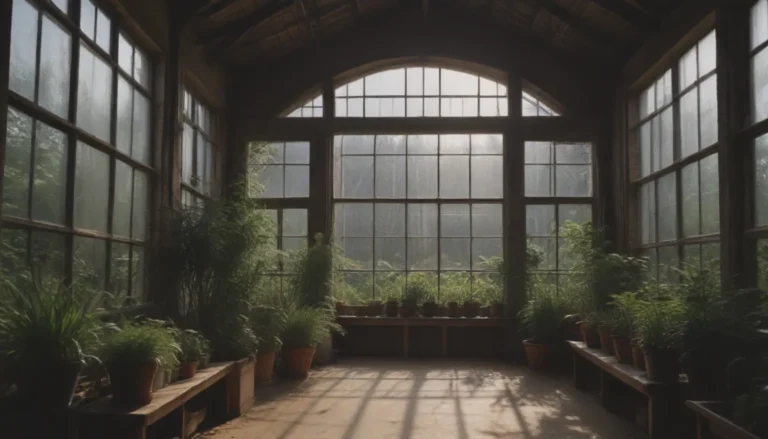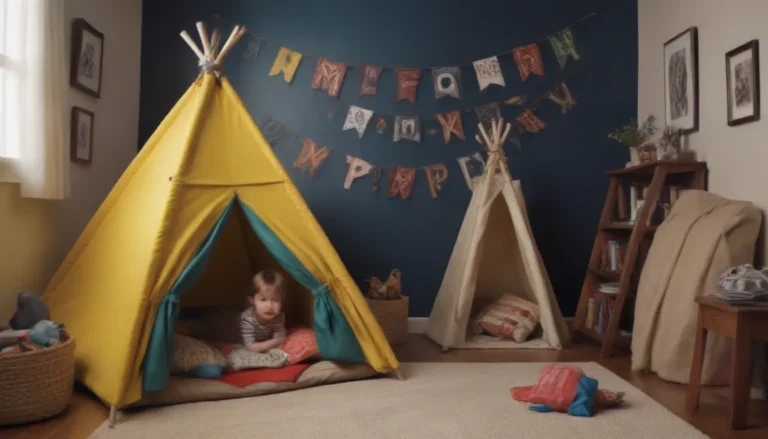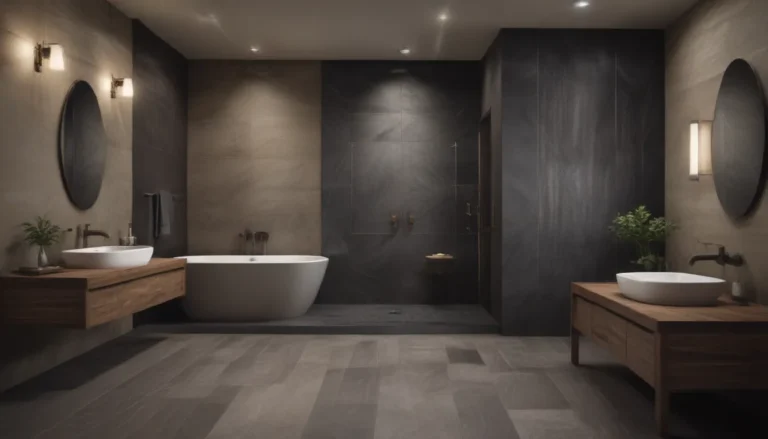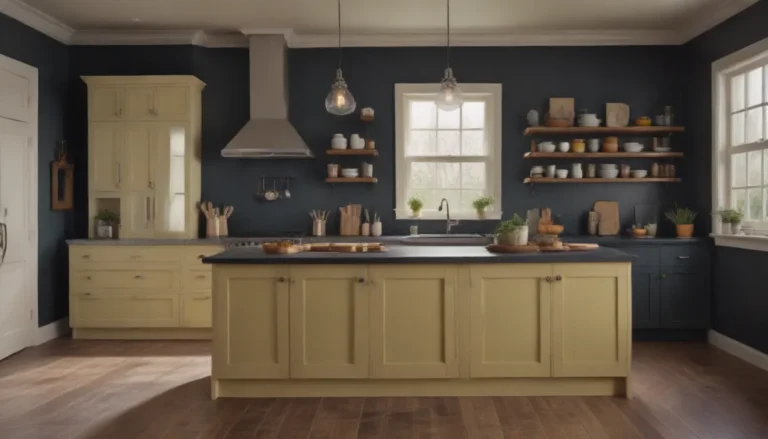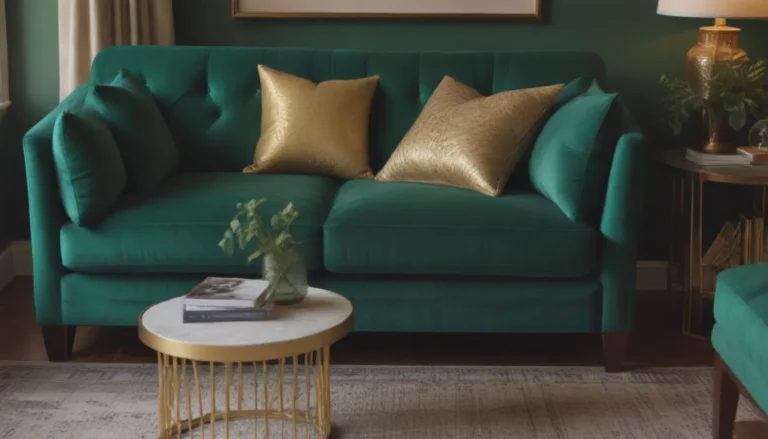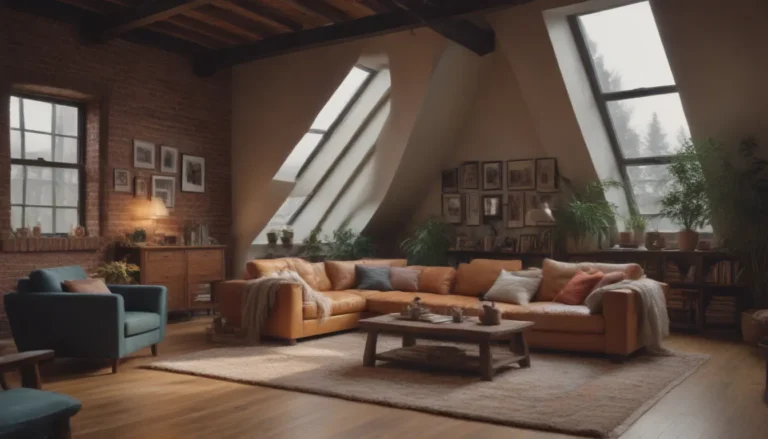The Art of Pairing Modern and Antique Furniture

In the world of interior design, blending modern and antique furniture has become a popular trend. The ability to mix old with new can add character and charm to any space, creating a timeless and unique look that transcends eras. Whether you have a love for vintage pieces or simply want to incorporate family heirlooms into your decor, there are endless possibilities for creating a seamless fusion of styles. In this comprehensive guide, we will explore the ins and outs of combining modern and antique furniture to help you achieve a balanced and inviting interior design.
Understanding Vintage vs. Antique
Before diving into the world of mixing old and new furniture, it’s important to understand the distinctions between vintage and antique pieces. In general, an item is considered antique if it is more than 100 years old, while anything older than 20 years but less than a century is typically categorized as vintage. Modern furniture can refer to midcentury designs from the 20th century or contemporary styles that are less than 20 years old. By recognizing these categories, you can better navigate the world of furniture mixing and find a harmonious balance between past and present aesthetics.
Finding the Perfect Balance
Interior designer Erin Williamson emphasizes the importance of finding the right balance when blending antiques with modern pieces. Rather than sticking to a strict matching set of furniture, focus on curating a collection of items that hold personal significance and meaning. By spreading patina throughout your space, you can create an atmosphere where the juxtaposition of old and new feels fresh and unexpected. Consider the scale of your furniture pieces, especially antiques, as they may have been designed for different spaces and lifestyles. Balancing proportions across your room allows for creative freedom when experimenting with prints, colors, finishes, and styles.
Striking a Balance: Form vs. Function
When integrating older pieces into a modern design, it’s essential to consider both form and function. Antiques often showcase intricate craftsmanship and unique details that are hard to come by in contemporary furniture. While some traditional pieces may not seamlessly fit in with a modern aesthetic, others, like Shaker-style furniture with clean lines, can effortlessly complement minimalist interiors. Interior designer Lisa Gilmore suggests playing with a mix of streamlined and curved lines to achieve a harmonious blend of old and new. By experimenting with metal finishes and design elements, you can create a cohesive look that transcends time periods.
Repurposing and Refinishing
While antique and vintage furniture possess a timeless appeal, not all pieces need to remain in their original state. Whether you inherit a family heirloom or stumble upon a hidden gem at a flea market, consider the potential for repurposing and refinishing older pieces to suit your modern aesthetic. Fresh upholstery, new finishes, and a coat of paint can breathe new life into antique furniture, blending vintage charm with contemporary style. By refreshing materials and updating the look of older pieces, you can create a modern feel without sacrificing the character of the past.
Unifying with Color
One of the challenges of mixing old and new furniture is creating a cohesive look that seamlessly blends different periods and styles. While mixing wood finishes and metals can be a delicate art, using a consistent color palette can tie together disparate elements and create a sense of unity in your space. By painting thrift store finds in a unifying color, such as creamy white, you can marry different styles and periods while keeping the focus on form. Embracing a consistent color scheme allows you to create a harmonious balance between modern and antique pieces.
Making a Statement with Large-Scale Pieces
For those looking to make a bold statement in a modern room, consider incorporating large-scale antique pieces as focal points. An antique armoire, Baroque-style headboard, or vintage farm table can add drama and elegance to any space. By refurbishing and updating these statement pieces, you can make them functional and suitable for contemporary lifestyles. This approach works well in neutral spaces that need a touch of contrast and juxtaposition to create visual interest and depth.
Accentuating with Small Pieces
If you’re hesitant about investing in large antique furniture, start by adding small accent pieces to your space. End tables, stools, mirrors, lighting fixtures, and rugs can all serve as decorative elements that enhance the overall aesthetic of your room. Layering smaller antique pieces around a focal point, such as a vintage rug, can set the tone for your design scheme and add character to your space. By incorporating these accent pieces, you can infuse your home with a touch of timeless elegance and charm.
In conclusion, mixing modern and antique furniture is a creative and rewarding process that allows you to express your personal style and create a unique living space. By finding the right balance, considering form and function, repurposing and refinishing older pieces, unifying with color, and incorporating statement and accent pieces, you can achieve a harmonious blend of old and new in your home. Embrace the beauty of vintage craftsmanship and the versatility of modern design to create an interior that is truly timeless and captivating. Happy decorating!
